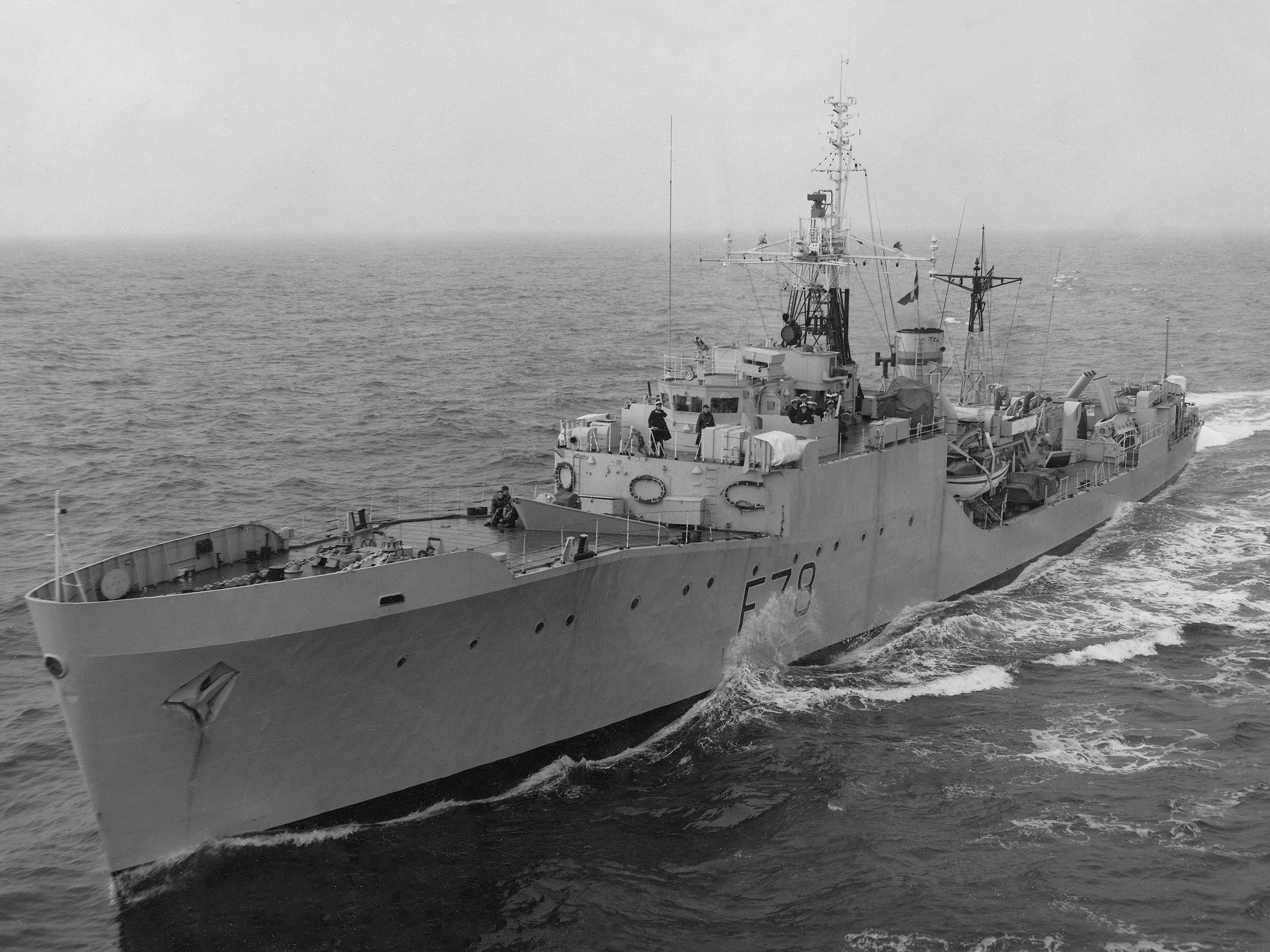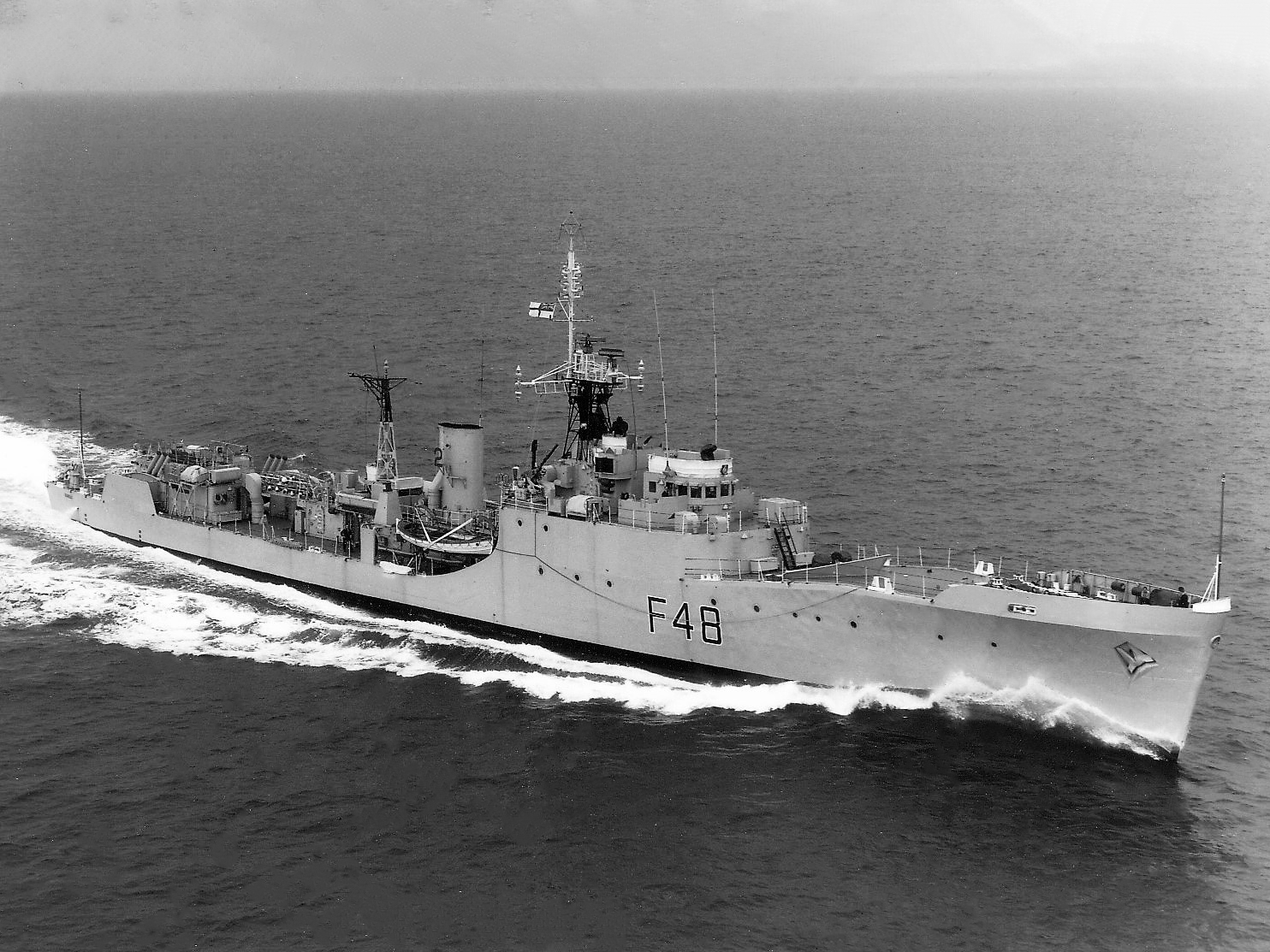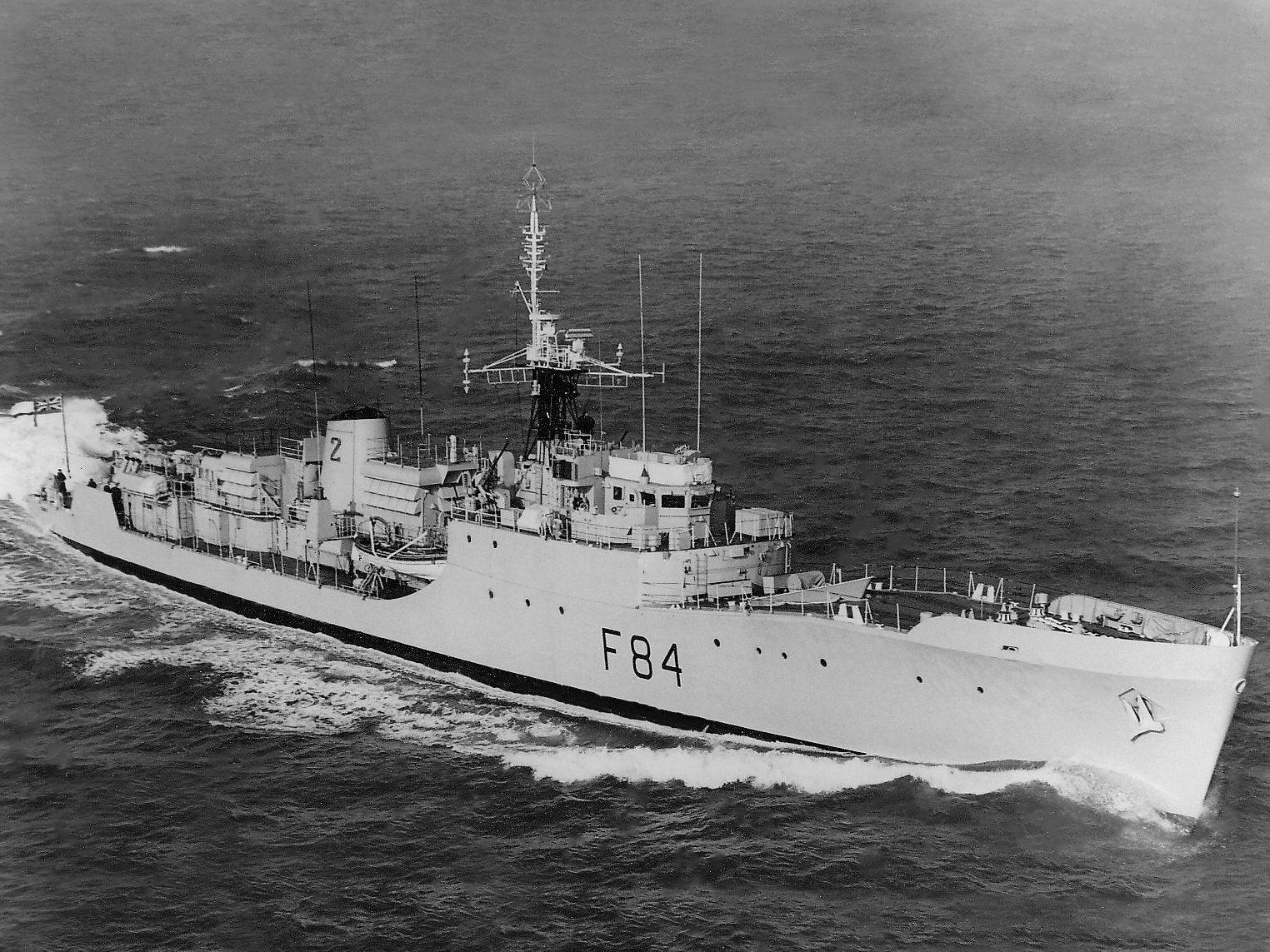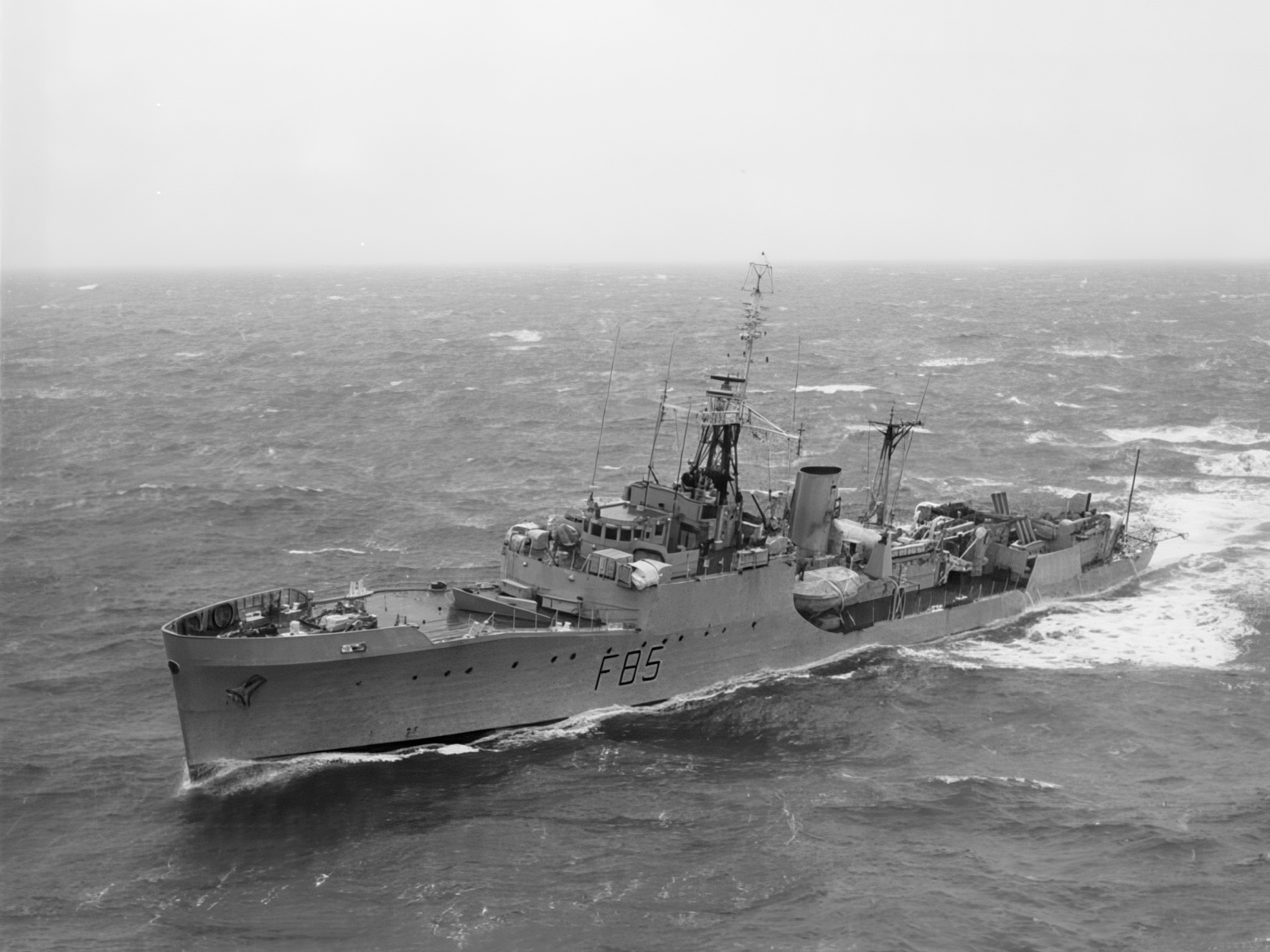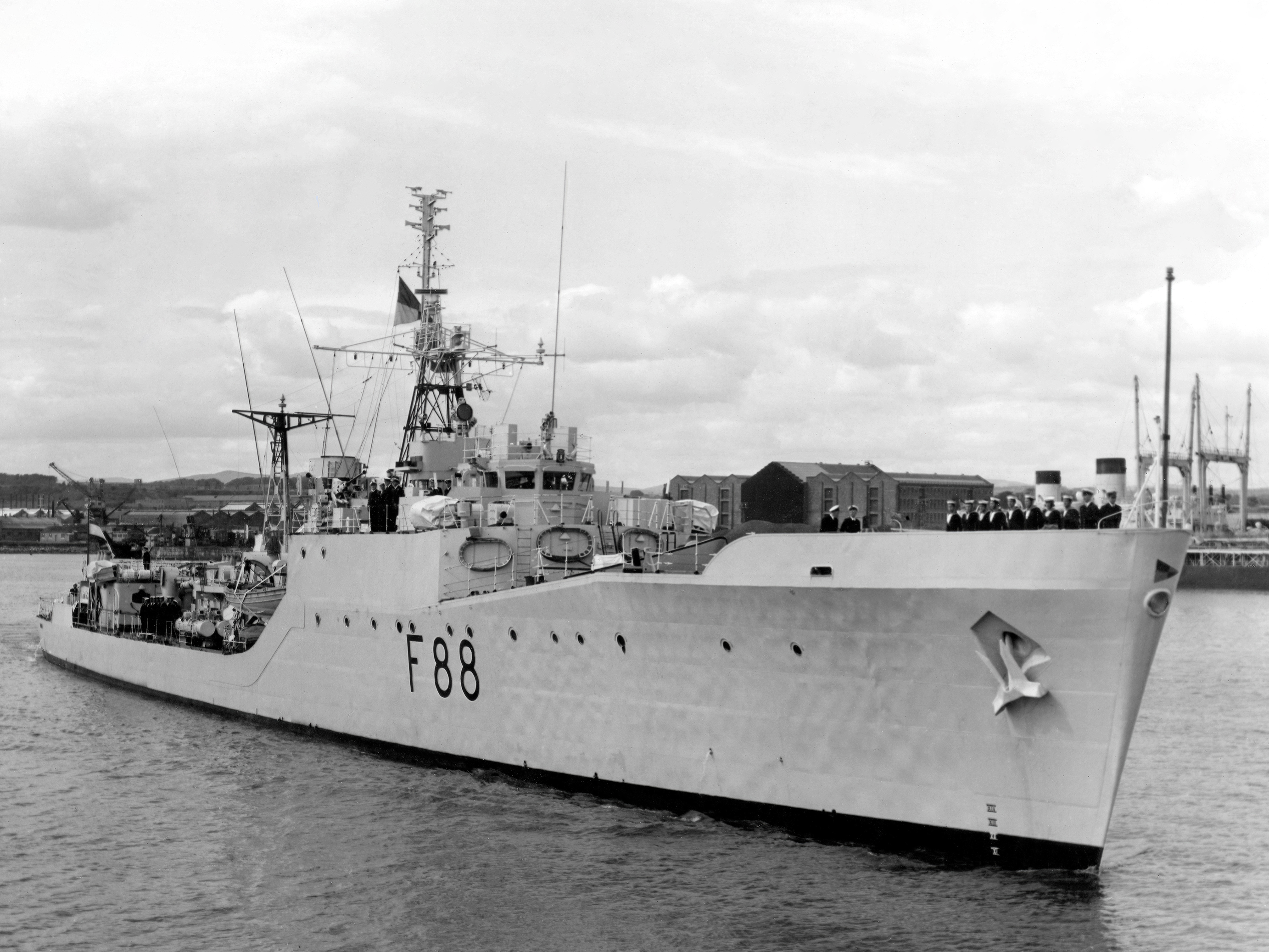Royal Navy Blackwood Class Frigates: A Comprehensive Guide
Introduction
The Blackwood class frigates, also known as Type 14, were small, economical anti-submarine warfare (ASW) escorts built for the Royal Navy during the 1950s. Designed at the height of the Cold War to counter the growing Soviet submarine threat, these ships were a practical response to the need for a large number of simple, effective ASW vessels that could be constructed quickly and affordably.
Though lightly armed and limited in versatility, the Blackwood class played a significant role in training, patrol, and NATO exercises, bridging the gap between larger frigates and coastal escort ships.
Origins and Design Development
By the early 1950s, the Royal Navy required a rapid increase in ASW capability. Larger ships such as the Type 12 Whitby class were effective but expensive and time-consuming to build. The Type 14 Blackwood class was conceived as a “second-rate” frigate—simple, cost-effective, and specialised for anti-submarine duties.
These ships were smaller, single-shaft vessels with diesel-electric machinery and were intended primarily for North Atlantic convoy escort, training, and support roles. Their hull design was based on destroyer escort principles, prioritising sonar performance and seakeeping over firepower.
Twelve ships were built, all named after Royal Navy officers and admirals.
Design and Technical Features
Displacement: 1,180 tonnes standard, 1,450 tonnes full load
Length: 310 feet
Propulsion: 1 × steam turbine (single shaft), 15,000 shp, 27 knots
Armament: 1 × twin 4.5-inch gun mount, 2 × 40mm Bofors AA guns, 2 × Limbo anti-submarine mortars
Sensors: Type 170 and Type 174 sonar, Type 293 and 974 radar systems
Crew: Around 140
Service and Operations
Commissioned in the late 1950s, the Blackwood class ships served primarily in UK waters, the North Atlantic, and the Mediterranean. Their main duties included:
ASW training for officers and sonar operators
Convoy escort simulations during NATO exercises
Fisheries protection and coastal patrols
Royal Naval Reserve training duties
Although the class was never involved in combat, they were valued for their low operating cost and ability to relieve larger ships from basic patrol and training tasks.
By the late 1960s, improvements in submarine technology and the arrival of more capable ships like the Leander class meant the Blackwoods were increasingly obsolete. Most were retired by the early 1970s.
Summary – At a Glance
|
Ship |
Commissioned |
Notable Service Highlights |
Fate / Status |
|
HMS Blackwood (F78) |
1956 |
First of class, sonar trials |
Decommissioned 1976 |
|
HMS Dundas (F48) |
1956 |
ASW training, reserve duties |
Decommissioned 1973 |
|
HMS Exmouth (F84) |
1957 |
Converted to gas turbine test ship |
Decommissioned 1979 |
|
HMS Keppel (F85) |
1957 |
Training, sonar development |
Decommissioned 1973 |
|
HMS Malcolm (F88) |
1958 |
ASW patrols, RNVR training |
Decommissioned 1972 |
|
HMS Palliser (F94) |
1958 |
North Sea operations |
Decommissioned 1973 |
|
HMS Russell (F97) |
1958 |
Training ship, reserve fleet |
Decommissioned 1974 |
|
HMS Grafton (F51) |
1958 |
Submarine hunter-killer exercises |
Decommissioned 1971 |
|
HMS Hardy (F54) |
1959 |
Reserve and instructional duties |
Decommissioned 1970 |
|
HMS Murray (F91) |
1959 |
North Atlantic patrols |
Decommissioned 1974 |
|
HMS Ulster (F83) |
1959 |
Training and fishery protection |
Decommissioned 1976 |
|
HMS Falmouth (F113) |
1959 |
Later converted to Type 61 frigate |
Decommissioned 1988 |
Note: HMS Falmouth was originally laid down as a Type 14 but was reordered and completed as a Type 61 (Salisbury class).
Conclusion
The Blackwood class frigates were never glamorous ships, but they filled an essential role in Royal Navy operations during the Cold War. As cost-effective anti-submarine escorts, they allowed more advanced ships to focus on front-line duties. Their contribution to ASW training and maritime security helped maintain Britain's naval readiness at a time of intense underwater threat.
While all were retired by the late 1970s, the lessons learned from their design and service influenced the development of more advanced frigates in the decades that followed.


